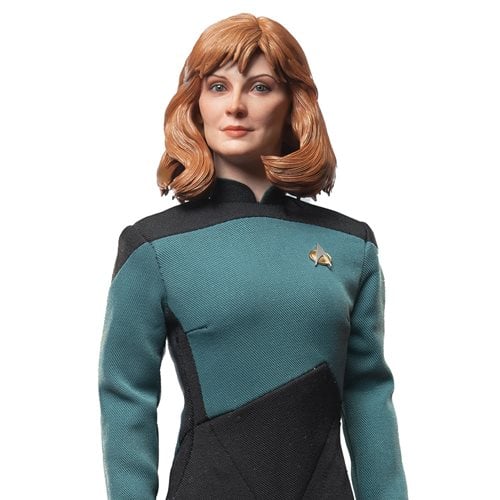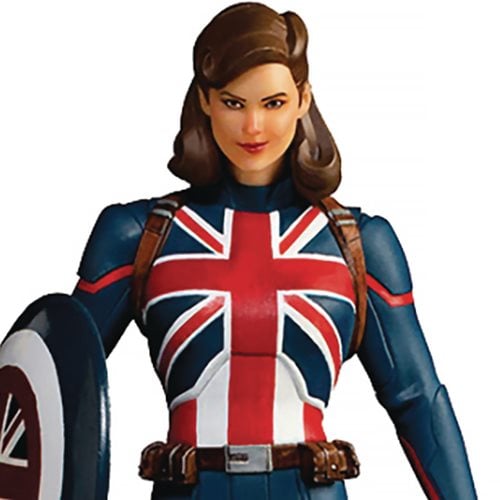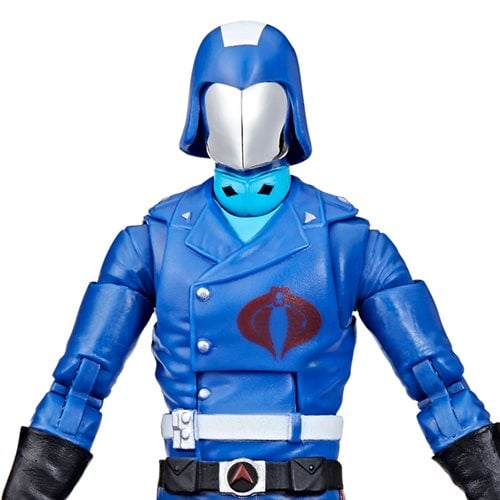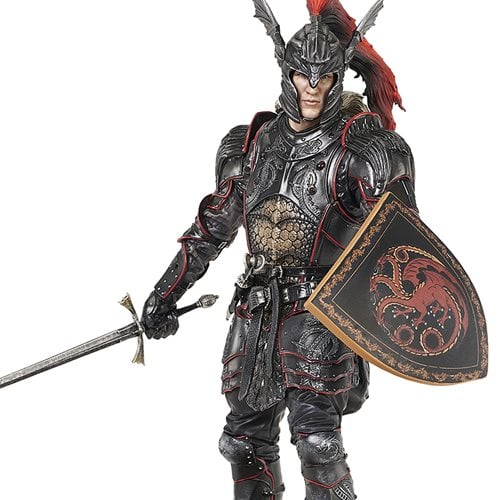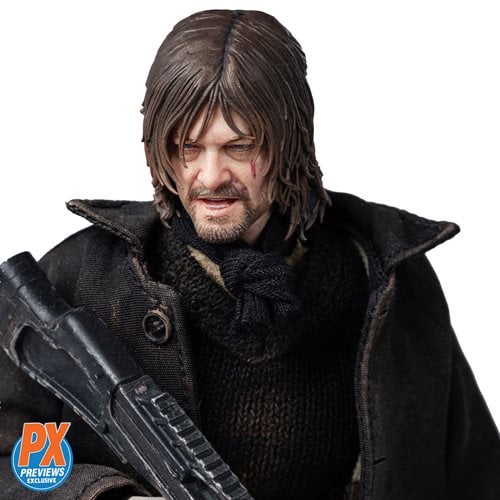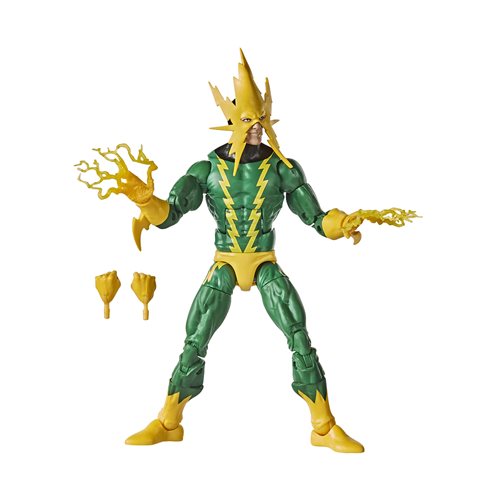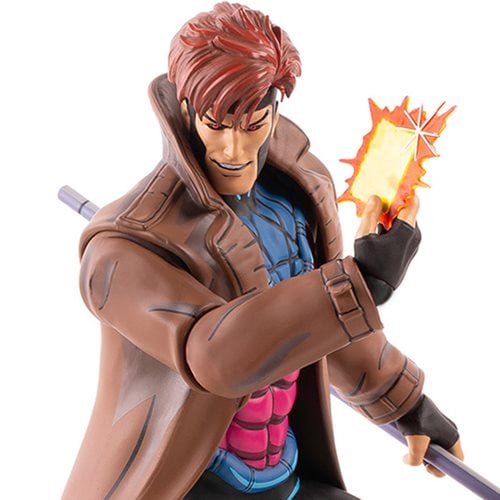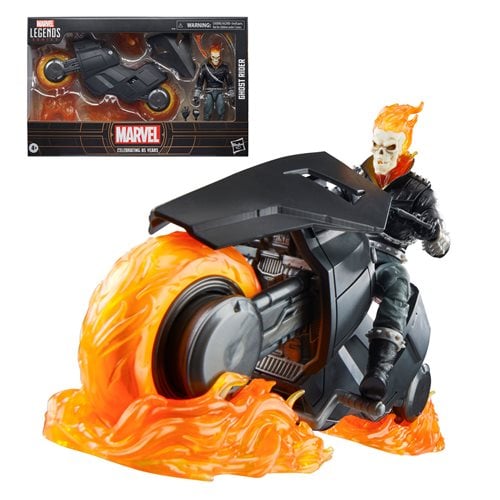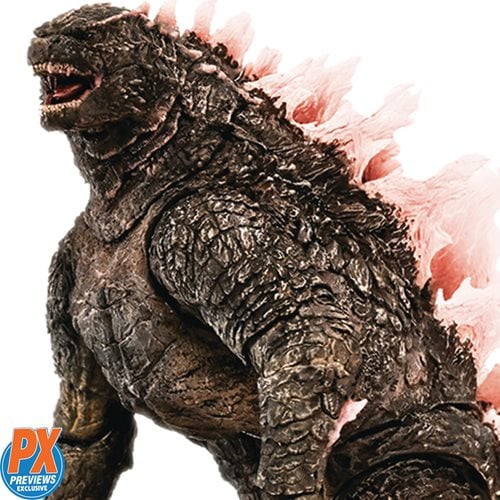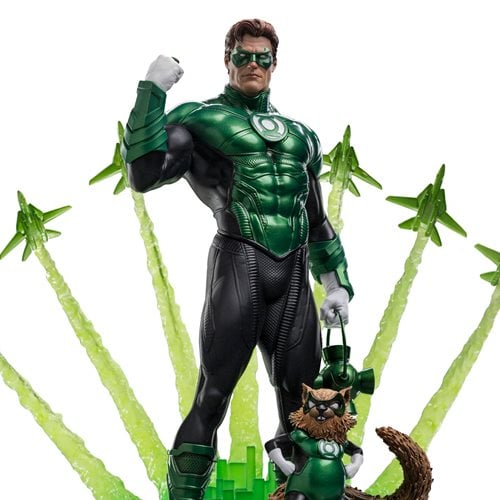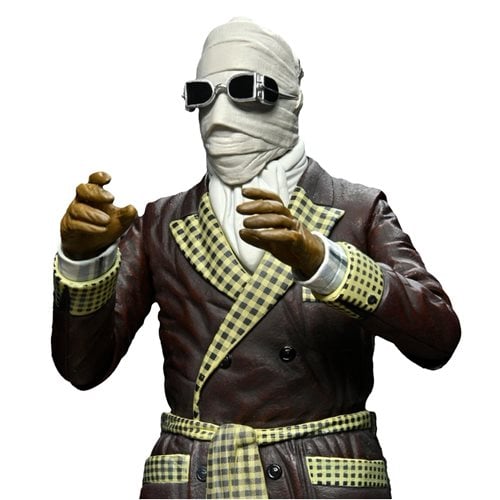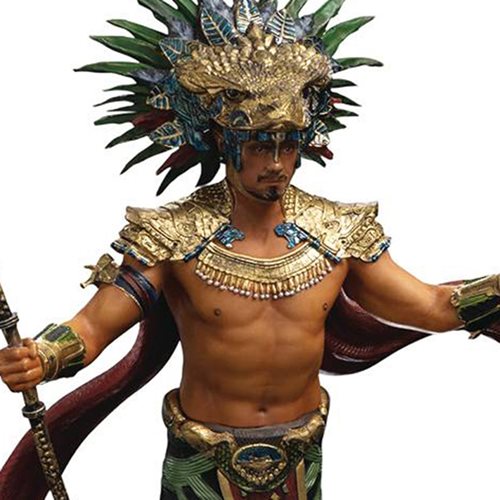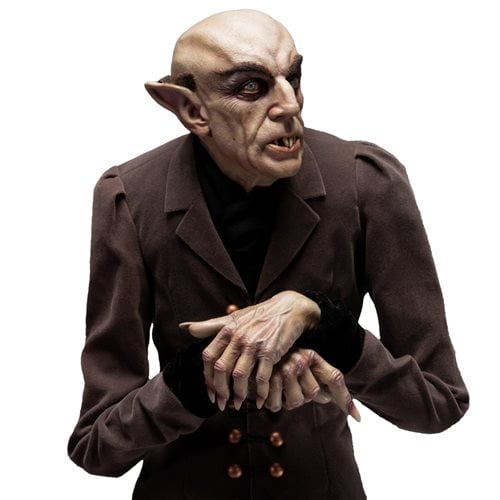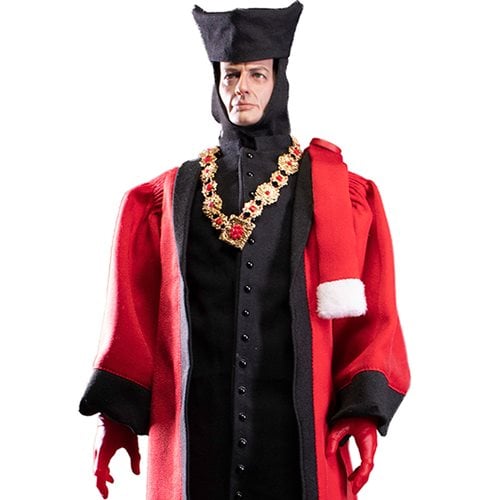 Sneak Peek actress Adrianne Palicki ("Friday Night Lights") during a "Wonder Woman" 3-day, action sequence shoot on LA's Hollywood Boulevard, between Orange and Highland.
Sneak Peek actress Adrianne Palicki ("Friday Night Lights") during a "Wonder Woman" 3-day, action sequence shoot on LA's Hollywood Boulevard, between Orange and Highland.
The Warner Bros. Television NBC TV pilot, is being rebooted by writer/producer David E. Kelley ("Boston Legal") , adapting the DC Comics superhero.
 In Kelley's new take, 'Wonder Woman', aka 'Diana Prince' is a corporate exec, looking to balance the elements of her complicated life as an 'Amazon Goddess'.
In Kelley's new take, 'Wonder Woman', aka 'Diana Prince' is a corporate exec, looking to balance the elements of her complicated life as an 'Amazon Goddess'.
Kelley's TV pilot incorporates the iconic comic book character's signature 'magic lasso', in what is being described as a...serious, non-campy take on the DC Comics character...".
 The best known adaptation of the Wonder Woman character was the three-season live-action series in the 1970's, starring actress Lynda Carter as the 'Amazon Princess' and her alter ego, 'Diana Prince'.
The best known adaptation of the Wonder Woman character was the three-season live-action series in the 1970's, starring actress Lynda Carter as the 'Amazon Princess' and her alter ego, 'Diana Prince'.
 The best known adaptation of the Wonder Woman character was the three-season live-action series in the 1970's, starring actress Lynda Carter as the 'Amazon Princess' and her alter ego, 'Diana Prince'.
The best known adaptation of the Wonder Woman character was the three-season live-action series in the 1970's, starring actress Lynda Carter as the 'Amazon Princess' and her alter ego, 'Diana Prince'.
DC Comics recently rebooted the character with a new costume and origin backstory, different from the established 1940's originating character.
.jpg) DC Comics co-publisher, illustrator Jim Lee re-designed WW's costume for 'the modern era' in collaboration with writer J. Michael Straczynski and artists Don Kramer/Michael Babinski.
DC Comics co-publisher, illustrator Jim Lee re-designed WW's costume for 'the modern era' in collaboration with writer J. Michael Straczynski and artists Don Kramer/Michael Babinski. "Wonder Woman" # 600 "...begins a run that is both forward-looking and true to the legendary character, planting her firmly in the modern era..."
"Wonder Woman" # 600 "...begins a run that is both forward-looking and true to the legendary character, planting her firmly in the modern era..." 'Wonder Woman' was created by pyschologist William Moulton Marston, ('Charles Moulton') who saw the “great educational potential of comic books”, and was subsequently hired as an ‘educational consultant’ for National Periodicals/All-Winner Comics (forerunners of DC Comics) in 1941, before creating a female comic book superhero, in a field dominated by male characters.
'Wonder Woman' was created by pyschologist William Moulton Marston, ('Charles Moulton') who saw the “great educational potential of comic books”, and was subsequently hired as an ‘educational consultant’ for National Periodicals/All-Winner Comics (forerunners of DC Comics) in 1941, before creating a female comic book superhero, in a field dominated by male characters. Marston was inspired by his lover Olive Byrne, who lived with him and his wife in a ‘polygamous, polyamorous’ relationship.
Marston was inspired by his lover Olive Byrne, who lived with him and his wife in a ‘polygamous, polyamorous’ relationship. Having 2 children with both women, Marston said that both women served as exemplars for his character, subsequently illustrated by artist 'Harry Peter'.
Having 2 children with both women, Marston said that both women served as exemplars for his character, subsequently illustrated by artist 'Harry Peter'. "Wonder Woman is psychological propaganda for the new type of woman who should, I believe, rule the world," Marston wrote at the time, defending his character’s look and sado-masochism, with usually every story highlighting women tied up by a ‘magic lasso’ (of truth), chains, ropes, etc, in order to 'force obedience'.
"Wonder Woman is psychological propaganda for the new type of woman who should, I believe, rule the world," Marston wrote at the time, defending his character’s look and sado-masochism, with usually every story highlighting women tied up by a ‘magic lasso’ (of truth), chains, ropes, etc, in order to 'force obedience'. "Not even girls want to be girls so long as our feminine archetype lacks force, strength, and power", said Marston. "Wonder Woman satisfies the subconscious, elaborately disguised desire of males to be mastered by a woman who loves them"
"Not even girls want to be girls so long as our feminine archetype lacks force, strength, and power", said Marston. "Wonder Woman satisfies the subconscious, elaborately disguised desire of males to be mastered by a woman who loves them" For Marston, Wonder Woman was not primarily a role model for girls, but the vehicle through which he could get young boys familiar with the idea of 'dominating' women.
For Marston, Wonder Woman was not primarily a role model for girls, but the vehicle through which he could get young boys familiar with the idea of 'dominating' women. "Women are exciting for this one reason — it is the secret of women’s allure — women enjoy submission, being bound" Marston said.
"Women are exciting for this one reason — it is the secret of women’s allure — women enjoy submission, being bound" Marston said. "This I bring out in the 'Paradise Island' sequences where the girls beg for chains and enjoy wearing them".
"This I bring out in the 'Paradise Island' sequences where the girls beg for chains and enjoy wearing them". Virtually all th early "Wonder Woman" stories included a full-length WW in an oversized bondage panel. In one 1948 story, there were no fewer than 75 panels depicting bondage.
Virtually all th early "Wonder Woman" stories included a full-length WW in an oversized bondage panel. In one 1948 story, there were no fewer than 75 panels depicting bondage..jpg) "The only hope for peace is to teach people who are full of pep and unbound force to enjoy being bound," said Marston.
"The only hope for peace is to teach people who are full of pep and unbound force to enjoy being bound," said Marston. "Only when the control of self by others is more pleasant than the unbound assertion of self in human relationships can we hope for a stable, peaceful human society.
"Only when the control of self by others is more pleasant than the unbound assertion of self in human relationships can we hope for a stable, peaceful human society.  "Giving to others, being controlled by them, submitting to other people cannot possibly be enjoyable without a strong erotic element…"
"Giving to others, being controlled by them, submitting to other people cannot possibly be enjoyable without a strong erotic element…"


















